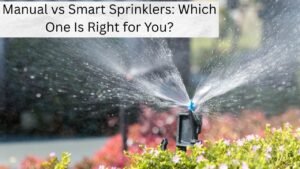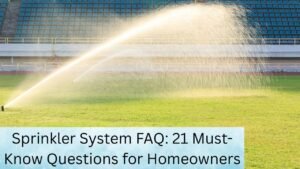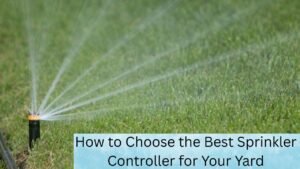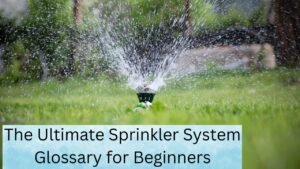Stuck with a Broken Sprinkler? Here’s the Fix You Need
If your lawn’s looking patchy or your sprinkler system’s acting up, you’re not alone. Many homeowners across the U.S. face issues like sprinklers not turning on, uneven watering, or mysterious leaks. The good news? Most of these problems can be fixed without calling in a pro.
This guide provides a free printable sprinkler troubleshooting flowchart to help you diagnose and fix common issues step-by-step. Whether you’re a seasoned DIYer or just starting out, this resource is designed to make sprinkler repair straightforward and manageable.
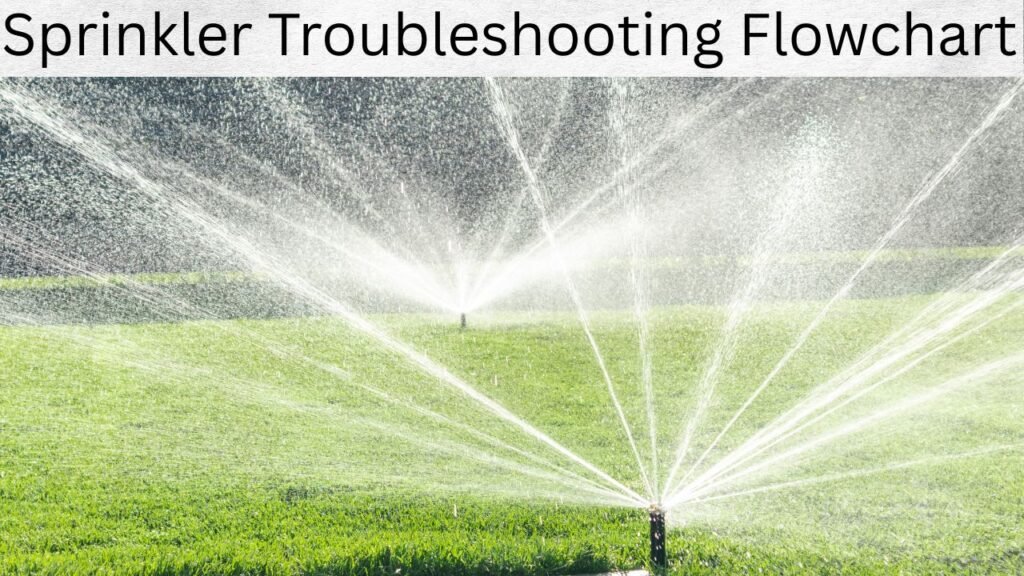
Download Your Free Printable Sprinkler Troubleshooting Flowchart
Before diving into the details, grab your free flowchart. It’s a visual guide that walks you through common sprinkler problems and their solutions. Keep it handy as you work through the troubleshooting steps below.
Common Sprinkler Problems and How to Fix Them
1. No Water Flow at All
Symptoms:
- Sprinkler system doesn’t activate.
- No water comes out when the system is on.
Possible Causes:
- Main water supply is turned off.
- Faulty controller or timer.
- Broken valve or solenoid.
DIY Fix:
- Check if the main water valve is open.
- Inspect the controller settings and ensure it’s programmed correctly.
- Test the solenoid for electrical issues; replace if necessary.
Estimated Difficulty: Easy
Time Required: 15-30 minutes
2. Low Water Pressure
Symptoms:
- Sprinklers spray weakly or not at all.
- Uneven water distribution.
Possible Causes:
- Clogged sprinkler heads.
- Leaks in the system.
- Partially closed valves.
DIY Fix:
- Clean sprinkler heads to remove debris.
- Inspect the system for visible leaks and repair them.
- Ensure all valves are fully open.
Estimated Difficulty: Medium
Time Required: 30-60 minutes
3. Sprinkler Heads Not Popping Up
Symptoms:
- Some sprinkler heads remain retracted during operation.
Possible Causes:
- Debris blocking the sprinkler head.
- Low water pressure.
- Damaged sprinkler head mechanism.
DIY Fix:
- Clean around the sprinkler head to remove dirt and debris.
- Check water pressure and adjust if necessary.
- Replace damaged sprinkler heads.
Estimated Difficulty: Easy
Time Required: 20-40 minutes
4. Leaks Around Sprinkler Heads or Valves
Symptoms:
- Water pooling around sprinkler heads.
- Visible water leaks during or after operation.
Possible Causes:
- Worn-out seals or gaskets.
- Cracked sprinkler heads or pipes.
- Loose fittings.
DIY Fix:
- Tighten any loose fittings.
- Replace damaged seals or gaskets.
- Swap out cracked sprinkler heads or repair broken pipes.
Estimated Difficulty: Medium
Time Required: 30-60 minutes
5. Sprinkler Heads Not Rotating
Symptoms:
- Sprinkler heads pop up but don’t rotate.
- Water sprays in only one direction.
Possible Causes:
- Debris inside the sprinkler head.
- Worn-out gears.
- Low water pressure.
DIY Fix:
- Clean the sprinkler head to remove any debris.
- If cleaning doesn’t help, replace the sprinkler head.
Estimated Difficulty: Easy
Time Required: 20-30 minutes
6. System Not Turning On/Off as Scheduled
Symptoms:
- Sprinkler system doesn’t adhere to the programmed schedule.
- System runs continuously or not at all.
Possible Causes:
- Incorrect controller settings.
- Power supply issues.
- Faulty timer or controller.
DIY Fix:
- Verify and adjust the controller settings.
- Check the power supply and replace batteries if needed.
- If issues persist, consider replacing the controller.
Estimated Difficulty: Medium
Time Required: 30-45 minutesYUMPU+6groundedlandscaping.co.za+6Family Handyman+6bewaterwise.com+11ACIS+11YouTube+11
Preventative Maintenance Tips
- Regular Inspections: Check your sprinkler system monthly for signs of wear or damage.
- Clean Sprinkler Heads: Remove debris to prevent clogs and ensure even water distribution.
- Adjust Spray Patterns: Ensure sprinklers are watering the intended areas.
- Winterize Your System: In colder climates, drain and shut down your system before the first freeze to prevent pipe damage.
When to Call a Professional
While many sprinkler issues can be resolved with DIY methods, certain situations require professional assistance:
- Persistent low water pressure despite troubleshooting.
- Multiple zones not functioning.
- Electrical issues with the controller or wiring.
- Major leaks or water pooling that can’t be traced.
In such cases, it’s best to consult a licensed irrigation specialist to prevent further damage and ensure your system operates efficiently.
Final Thoughts
Maintaining a healthy lawn doesn’t have to be complicated. With the right tools and knowledge, you can troubleshoot and fix common sprinkler problems on your own. Remember to use the provided flowchart as a guide, and don’t hesitate to seek professional help when needed.

